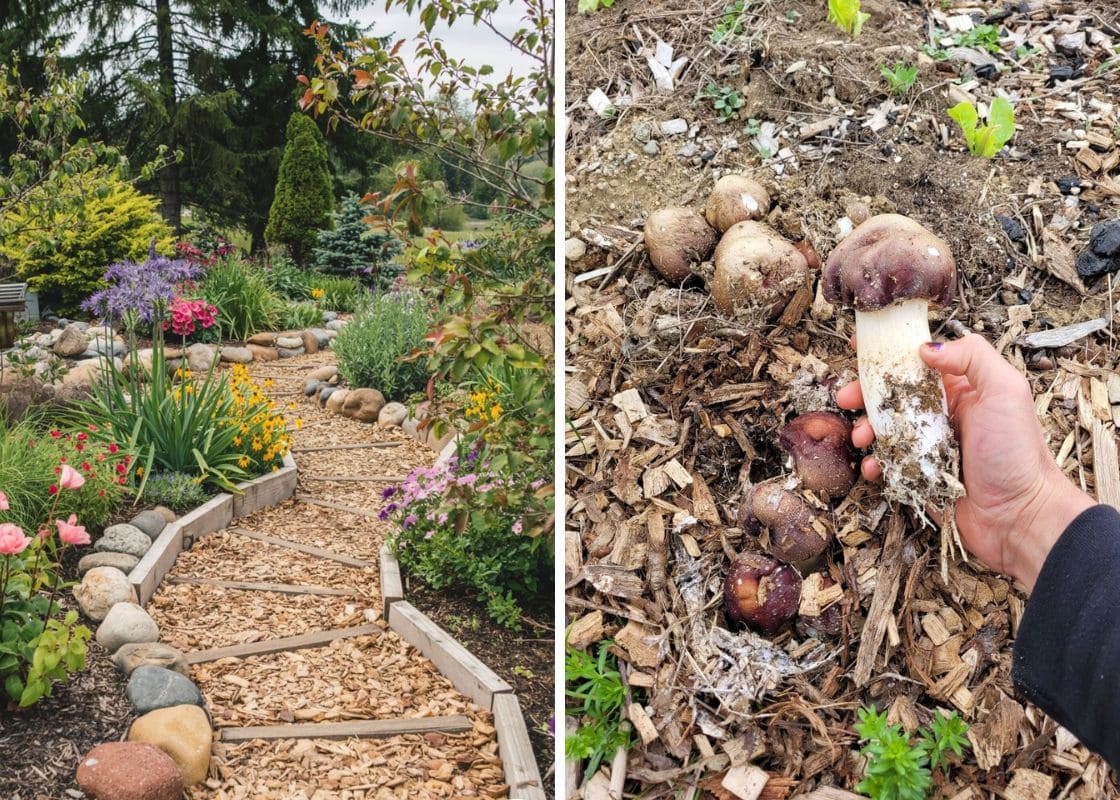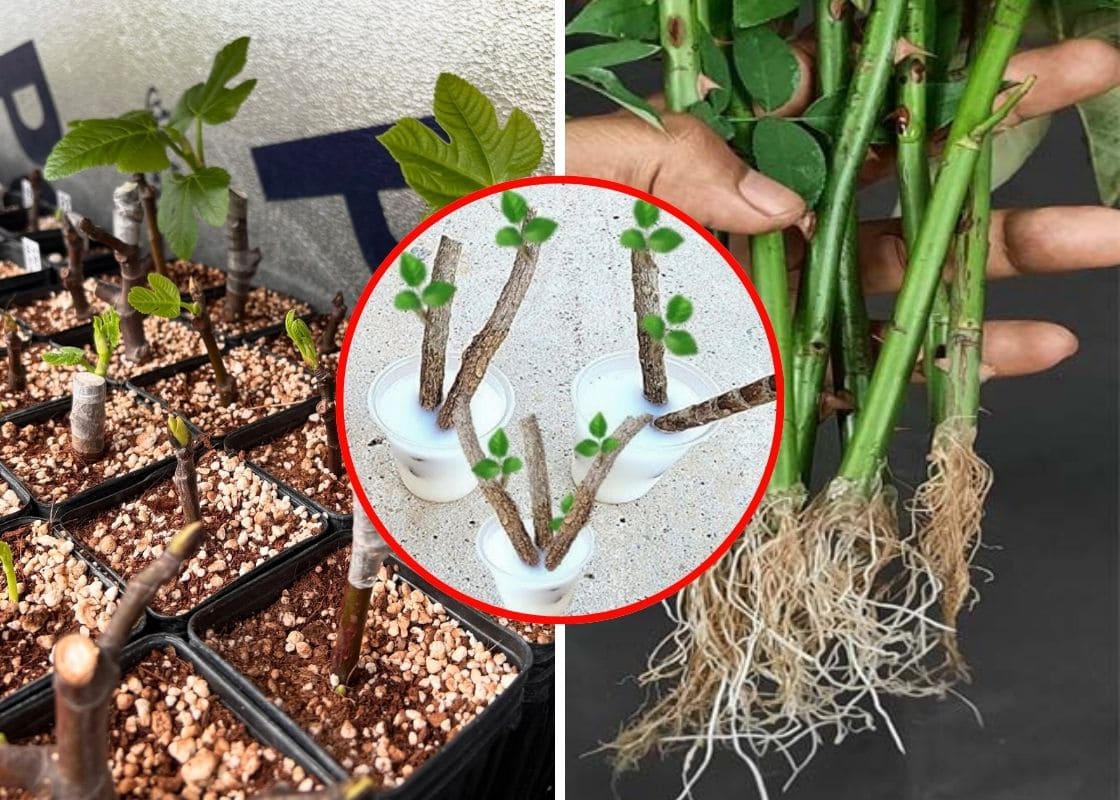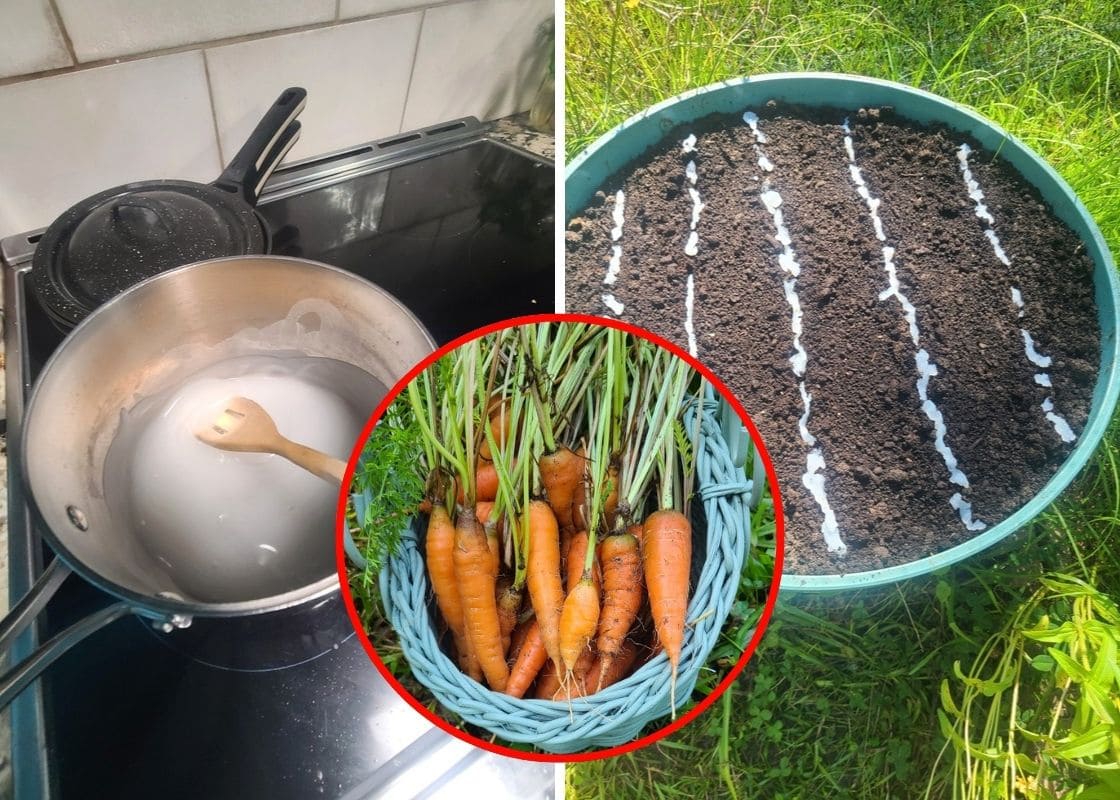Have you ever heard of dandelion roots being called a hidden treasure?
While most people see dandelions as pesky weeds, their roots are actually packed with incredible benefits.
Whether you’re looking for natural remedies or nutrient-rich ingredients, these humble roots might just be the treasure you’ve been missing.
Nutritional Benefits
Rich in Vitamins and Minerals
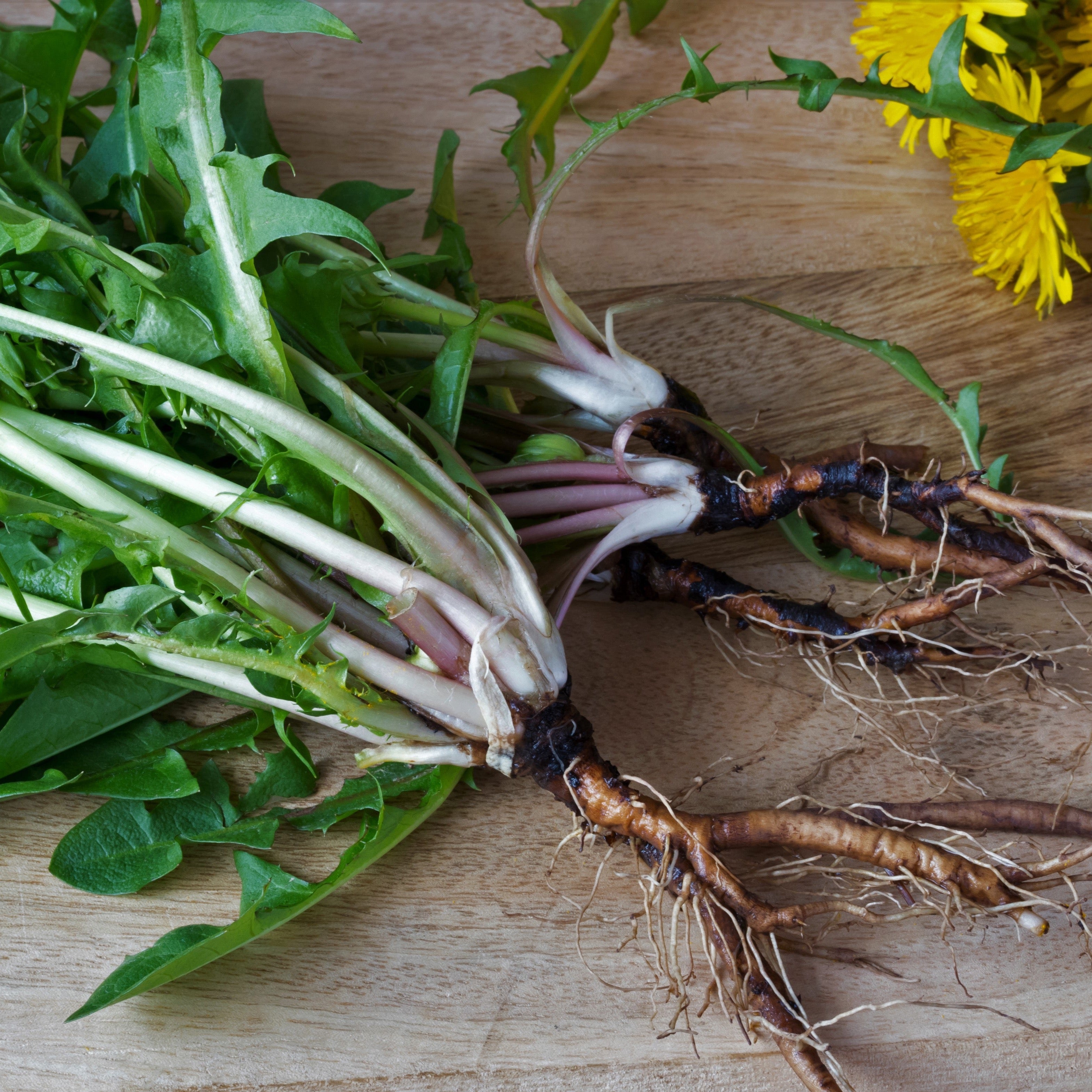
Dandelion roots are a great source of vitamins A, C, and K, which are essential for maintaining good health.
Plus, they contain important minerals like iron, calcium, and potassium.
High in Antioxidants
Dandelion roots help protect your body from damage caused by free radicals.
Antioxidants are crucial for keeping your cells healthy and can even help reduce the risk of chronic diseases.
Medicinal Properties
Digestive Health
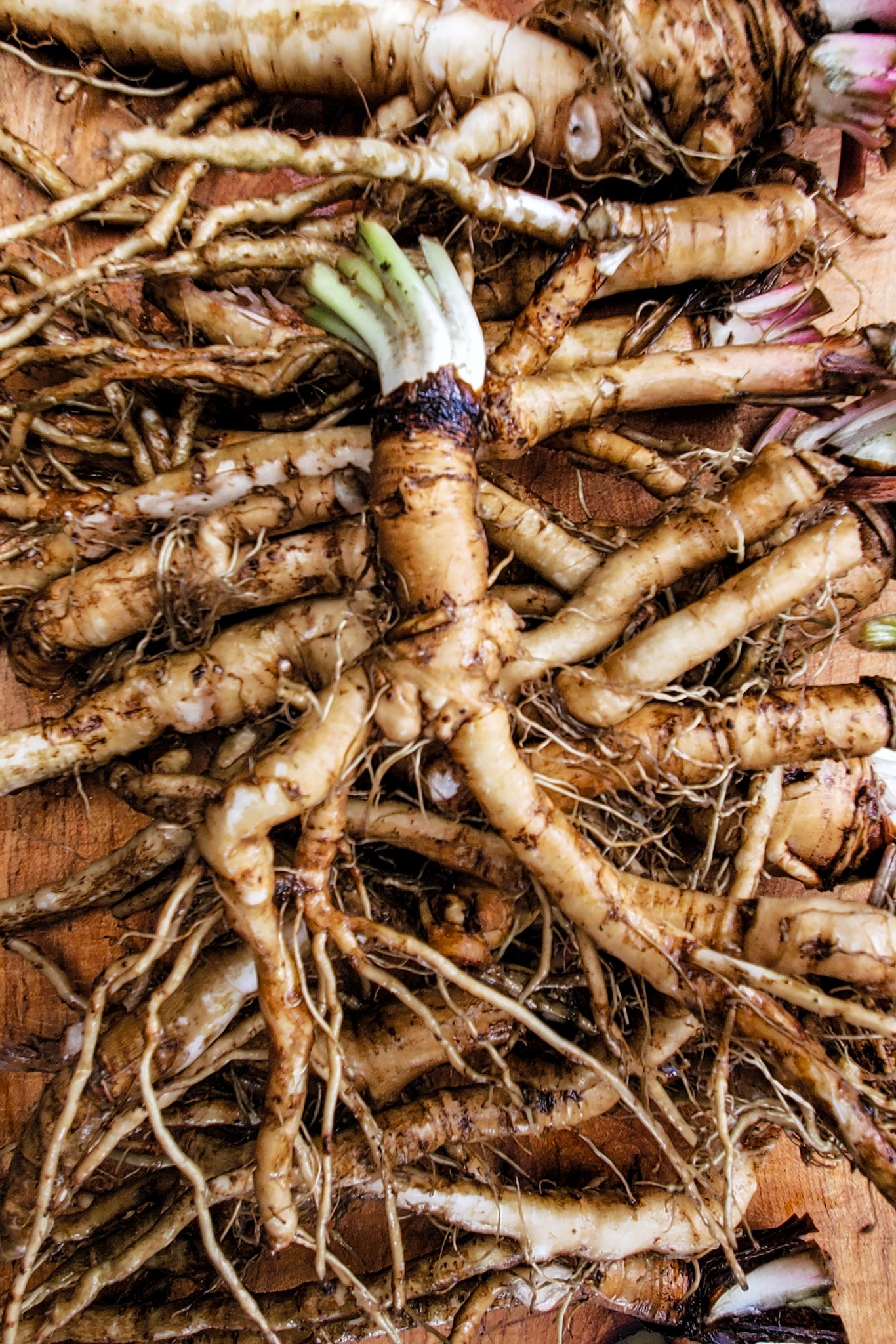
Dandelion roots might be your new best friend. They have been used for ages to help with digestion.
The natural compounds in dandelion roots can stimulate the production of stomach acid and bile, which helps break down food more efficiently.
Detoxification
Ever feel like your body needs a good cleanse?
Dandelion roots are known for their detoxifying properties. They can help your liver flush out toxins more effectively.
Plus, they act as a diuretic, which means they help you get rid of excess water and salt.
Anti-Inflammatory Effects
These roots have anti-inflammatory properties thanks to compounds like taraxasterol that can help reduce inflammation in your body.
Culinary Uses
Dandelion Root Tea

I love brewing it on a chilly morning. The roots, when dried and roasted, create a rich, earthy flavor that’s both soothing and invigorating.
In addition, it’s packed with antioxidants and nutrients. It’s like having a cup of health in your hands.
Roasted Dandelion Root Coffee

If you’re a coffee lover looking for a caffeine-free alternative, roasted dandelion root coffee is your new best friend.
The process is pretty similar to making regular coffee. You just roast the roots until they’re dark and aromatic, then grind them up.
Incorporating into Recipes

I like to add them to soups and stews for an extra layer of flavor. They can also be ground into a powder and used as a seasoning.
Environmental Benefits
Soil Aeration
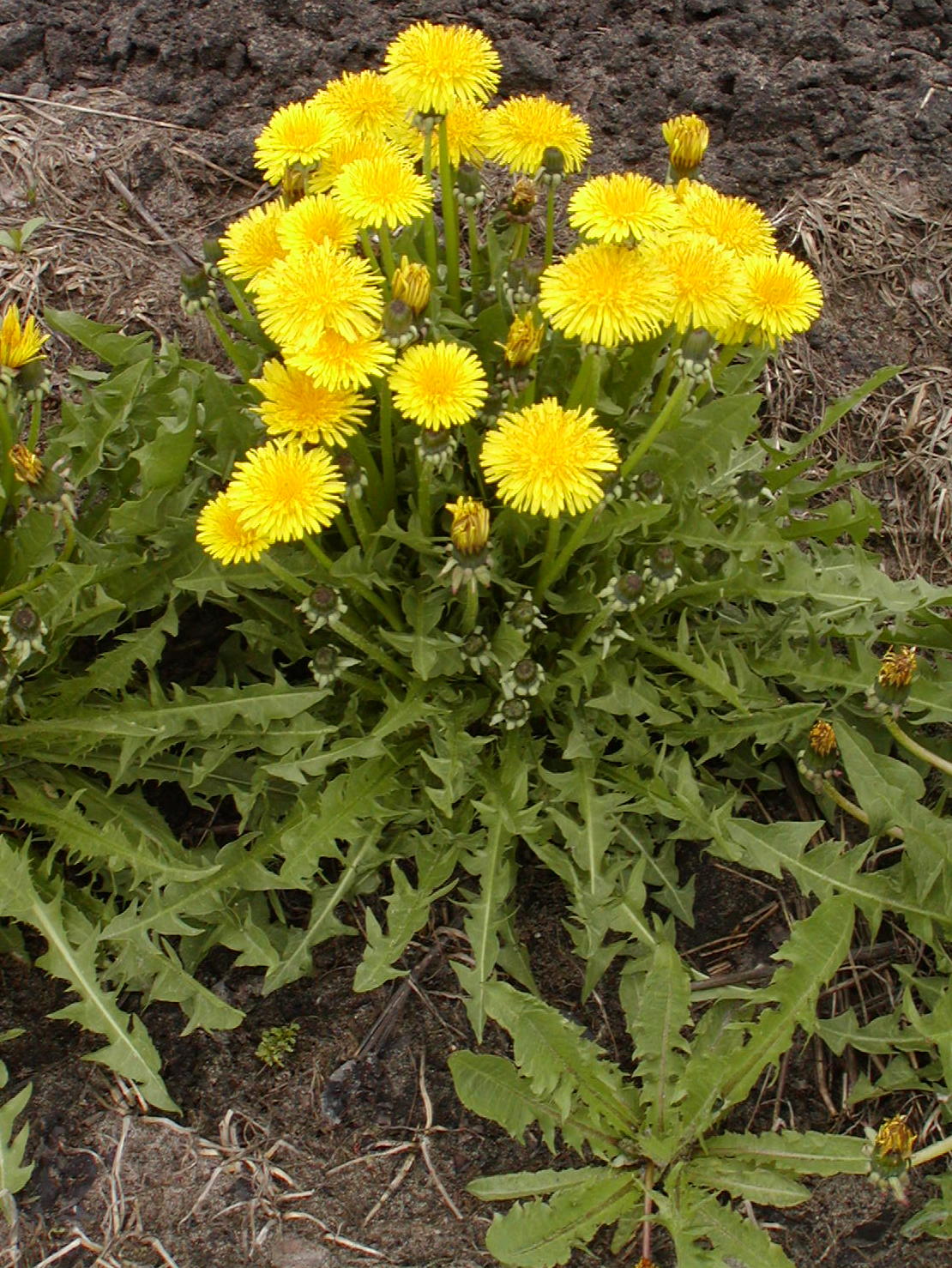
Dandelion roots dig deep into the soil, breaking it up and allowing air and water to reach deeper layers.
When the soil is well-aerated, it can support a more diverse range of plant life. Also, it helps prevent soil compaction, which can be a real pain for gardeners.
Nutrient Cycling
Their long taproots pull up nutrients from deep within the soil, bringing them closer to the surface where other plants can access them.
By improving nutrient availability, dandelions help create a more fertile environment for other plants to thrive.
So, while they might be a bit of a nuisance in your lawn, they’re actually working hard to improve the soil quality for everyone.
Tips: Harvesting and Preparing Dandelion Roots
When and How to Harvest
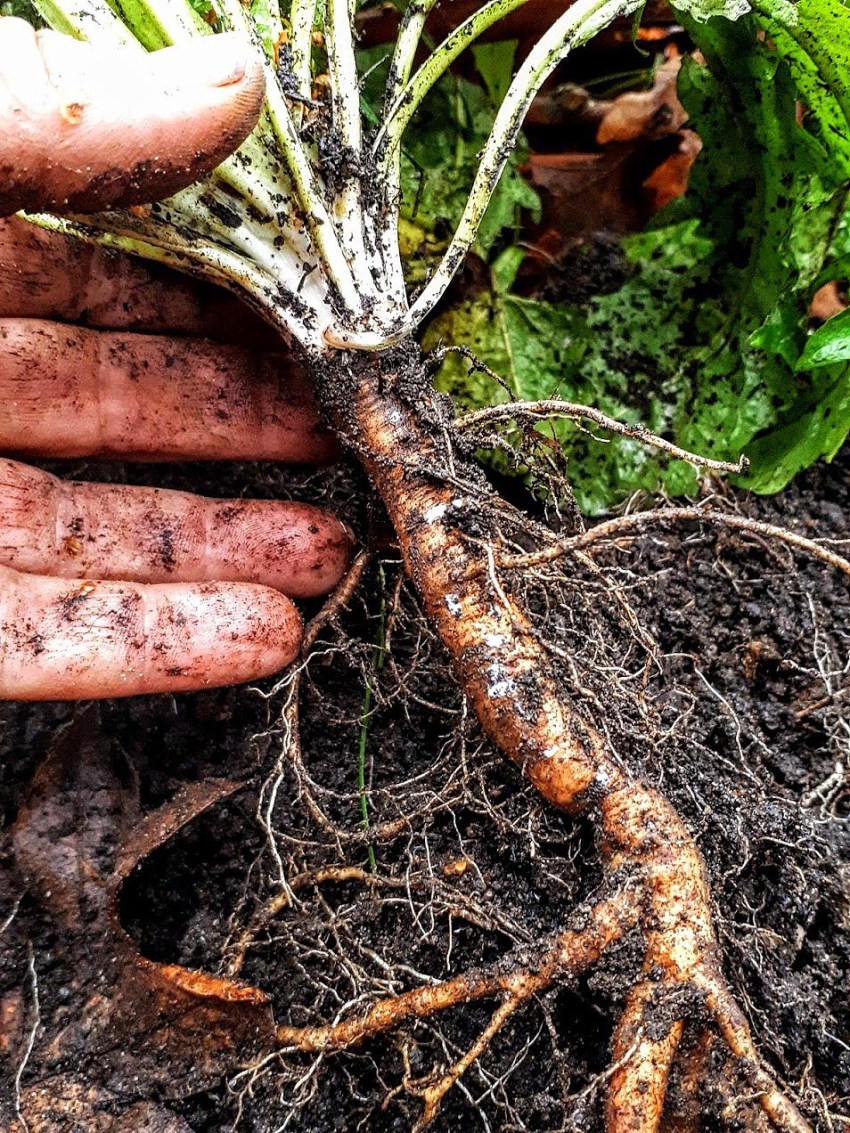
The best time to dig dandelion roots up is in early spring or late fall when the plant’s energy is concentrated in the roots.
Now, you just grab a sturdy garden fork or a spade, and gently loosen the soil around the plant.
Once you’ve loosened the soil, pull the plant out by its base.
Cleaning and Drying

Now that you’ve got your dandelion roots, rinse them under cold water to remove any dirt and chop them into smaller pieces.
To dry them, spread the pieces out on a baking sheet and leave them in a warm, dry place for a few days.
Alternatively, you can use a dehydrator if you have one. Once dried, store them in an airtight container.




